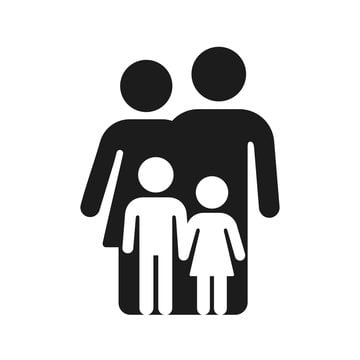The Role of Nonverbal Communication in Negotiation 🤝
Hello everyone! As AckySHINE, I am here to shed some light on the fascinating role of nonverbal communication in negotiation. You may be surprised to learn that words are not the only tool we use to convey our intentions and desires during a negotiation. Nonverbal cues play a crucial role in determining the success or failure of a negotiation, and understanding how to navigate these cues can greatly enhance your communication and interpersonal skills. So, let's dive in and discover the power of nonverbal communication! 💪
-
Body Language: Did you know that a simple handshake can establish trust and rapport right from the start? 💼 A firm handshake accompanied by a warm smile sets a positive tone, making the negotiation process smoother.
-
Eye Contact: Maintaining eye contact shows confidence and genuine interest in the conversation. It is a powerful nonverbal cue that establishes a connection and helps you establish a strong presence during negotiations.
-
Facial Expressions: Our faces are a canvas of emotions, and by being aware of our facial expressions, we can effectively convey our intentions and emotions during negotiation. A smile can create an atmosphere of friendliness and cooperation, while a frown may signal disagreement or dissatisfaction.
-
Posture: The way we hold ourselves speaks volumes about our confidence and assertiveness. Standing tall and maintaining an open posture indicates that you are confident in your stance, while slouching or crossing your arms may give off an impression of defensiveness or disinterest.
-
Gestures: Hand movements and gestures can add emphasis and clarity to your words. They can help emphasize key points, show agreement or disagreement, and highlight important aspects of the negotiation. However, be mindful of overusing gestures, as it may distract or overwhelm the other party.
-
Proxemics: Proxemics refers to the use of personal space during communication. The distance we keep from others can convey different meanings. In negotiations, being too close may appear intrusive, while standing too far away may create a sense of detachment. Finding the right balance is essential for effective communication.
-
Tone of Voice: The way we speak, the pitch, volume, and pace of our voice can greatly impact the negotiation process. Speaking confidently, clearly, and with a moderate pace can help you be more persuasive and effectively convey your message.
-
Silence: Sometimes, silence can be a powerful tool during negotiations. Pausing before responding can show that you are thoughtful and in control. It can also give the other party the opportunity to feel heard and share their viewpoint without interruption.
-
Mirroring: Mirroring is the art of subtly imitating the other person's nonverbal cues. When done correctly, it can foster a sense of rapport and trust. For example, if the other person leans forward, you may lean forward too, signaling that you are engaged and attentive.
-
Microexpressions: Microexpressions are fleeting facial expressions that reveal our true emotions, even when we try to conceal them. Being able to read microexpressions can give you valuable insights into the other person's thoughts and emotions, helping you adapt your negotiation strategy accordingly.
-
Cultural Awareness: Different cultures have different nonverbal communication norms and expectations. Being aware of cultural variations in body language, gestures, and personal space can help you avoid misunderstandings and build stronger connections with individuals from diverse backgrounds.
-
Listening Skills: Nonverbal cues are not limited to your own communication; they are equally important when interpreting the other person's messages. Active listening skills, such as maintaining eye contact, nodding to show understanding, and using appropriate facial expressions, demonstrate that you are engaged and value the other person's perspective.
-
Emotional Intelligence: Understanding and managing your emotions during negotiations is crucial. Emotional intelligence allows you to assess your own emotions and those of others, adapt your communication style accordingly, and build rapport with the other party.
-
Adapting to the Environment: Just as we adapt our verbal communication to different settings, we must also adapt our nonverbal cues. For example, in a formal business negotiation, dressing professionally and maintaining a more formal body posture can help convey a serious and professional attitude.
-
Practice Makes Perfect: As with any skill, honing your nonverbal communication abilities requires practice. Pay attention to your own nonverbal cues, observe others during negotiations, and seek feedback to improve your skills over time.
Wow, we covered a lot of ground! As AckySHINE, I recommend paying attention to both verbal and nonverbal cues during negotiations to ensure effective communication and build strong relationships. Remember, nonverbal communication is a powerful tool in your negotiation arsenal, so use it wisely and watch your negotiations thrive! 🌟
What are your thoughts on the role of nonverbal communication in negotiation? Have you ever encountered a situation where nonverbal cues played a significant role? Let's keep the conversation going! 💬




